| Plant Habit: | Tree |
| Life cycle: | Perennial |
| Sun Requirements: | Full Sun |
| Water Preferences: | Wet Wet Mesic Mesic |
| Minimum cold hardiness: | Zone 3 -40 °C (-40 °F) to -37.2 °C (-35) |
| Maximum recommended zone: | Zone 8b |
| Plant Height: | 25-30ft |
| Plant Spread: | 25-30ft |
| Leaves: | Good fall color Unusual foliage color Deciduous Other: Glossy dark green leaves (to 2 1/2” long). Leaves turn attractive shades of orange and red in fall. |
| Fruit: | Showy Other: Bright red 1/4” diameter globose fruits (pomes) that persist throughout the winter. The fruit is sometimes called a haw. The word haw also means hedge, the hawthorn thus being a thorny hedge. |
| Flowers: | Showy Fragrant |
| Flower Color: | White |
| Flower Time: | Other: June |
| Suitable Locations: | Street Tree |
| Uses: | Windbreak or Hedge Flowering Tree |
| Wildlife Attractant: | Birds Butterflies |
| Resistances: | Drought tolerant |
| Pollinators: | Midges |
| Awards and Recognitions: | Other: UC Davis Arboretum All Star |

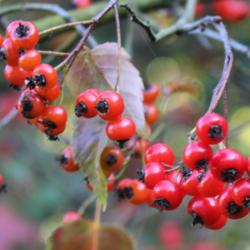
![Location: Clinton, Michigan 49236
Date: 2017-11-15
Crataegus phaenopyrum, 2017, [Washington Hawthorn], kruh-TEE-gus Location: Clinton, Michigan 49236
Date: 2017-11-15
Crataegus phaenopyrum, 2017, [Washington Hawthorn], kruh-TEE-gus](/pics/2017-11-15/frankrichards16/9f482b-250.jpg)
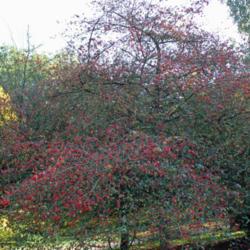
![Date: c. 1892
illustration [as C. cordata] by C. E. Faxon from Sargent's 'Silva
Date: c. 1892
illustration [as C. cordata] by C. E. Faxon from Sargent's 'Silva](/pics/2021-02-15/scvirginia/c3d823-250.jpg)
![Location: Clinton, Michigan 49236
Date: 2017-11-15
Crataegus phaenopyrum, 2017, [Washington Hawthorn], kruh-TEE-gus Location: Clinton, Michigan 49236
Date: 2017-11-15
Crataegus phaenopyrum, 2017, [Washington Hawthorn], kruh-TEE-gus](/pics/2017-11-15/frankrichards16/7873f1-250.jpg)
![Location: Clinton, Michigan 49236
Date: 2017-11-15
Crataegus phaenopyrum, 2017, [Washington Hawthorn], kruh-TEE-gus Location: Clinton, Michigan 49236
Date: 2017-11-15
Crataegus phaenopyrum, 2017, [Washington Hawthorn], kruh-TEE-gus](/pics/2017-11-15/frankrichards16/68b5a8-250.jpg)
![Location: Clinton, Michigan 49236
Date: 2017-11-15
Crataegus phaenopyrum, 2017, [Washington Hawthorn], kruh-TEE-gus Location: Clinton, Michigan 49236
Date: 2017-11-15
Crataegus phaenopyrum, 2017, [Washington Hawthorn], kruh-TEE-gus](/pics/2017-11-15/frankrichards16/5766c1-250.jpg)
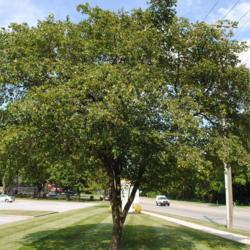
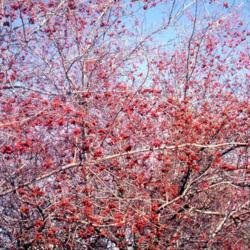
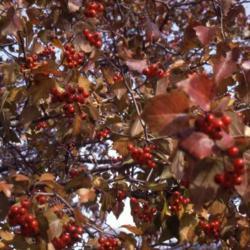
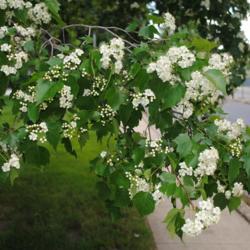
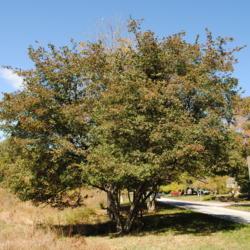

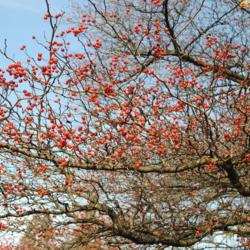
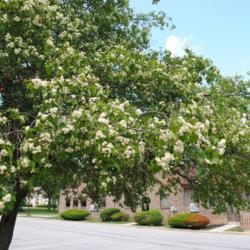
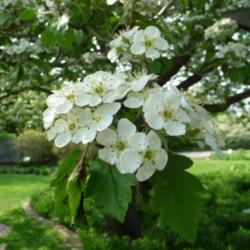
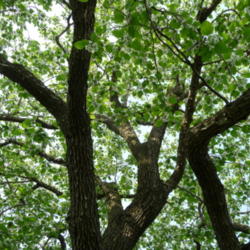
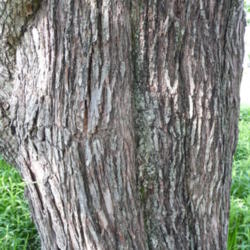
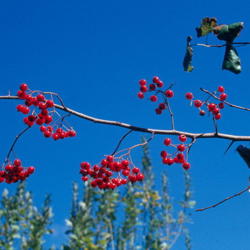
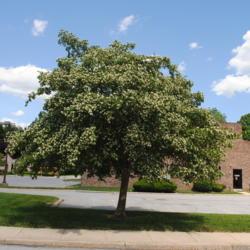
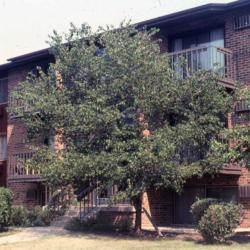
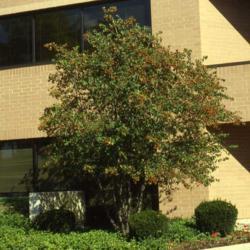
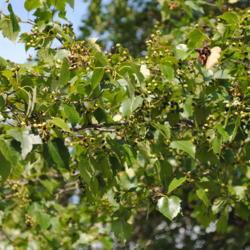
| GaNinFl | On February 8, 2019 | Miscellaneous Event Planted two |
| Thread Title | Last Reply | Replies |
|---|---|---|
| More info in this single plate than any one photo can convey by arctangent | Feb 19, 2021 5:30 PM | 2 |